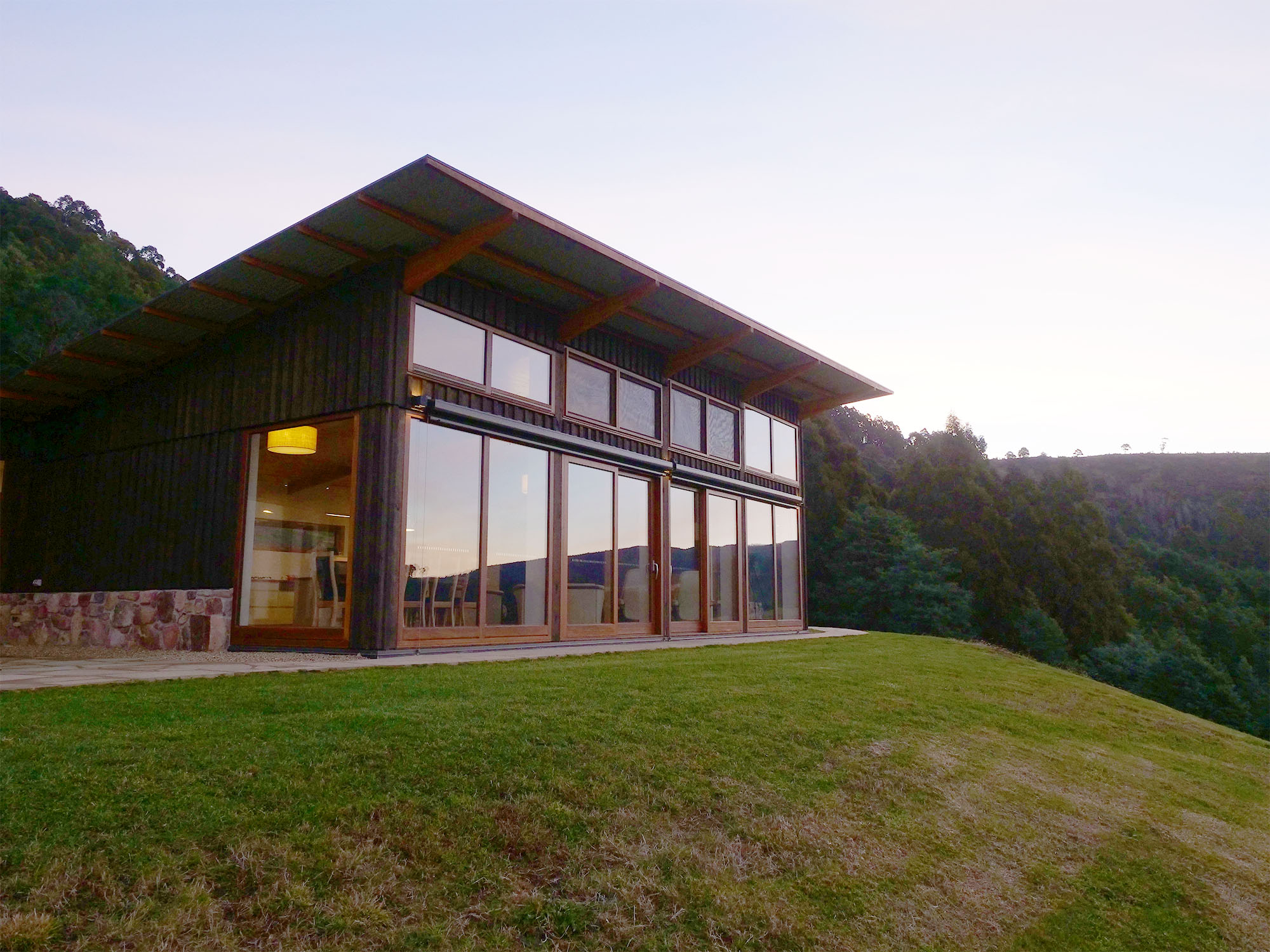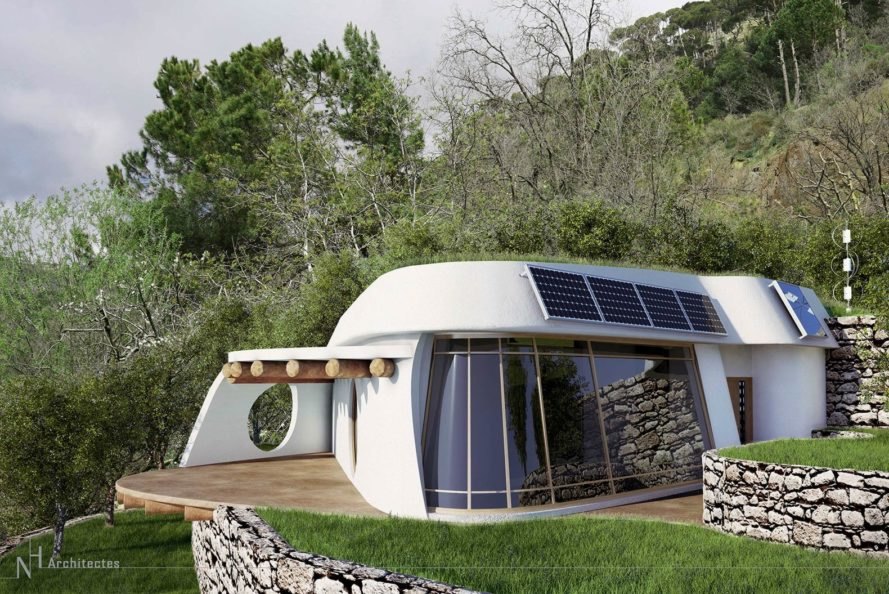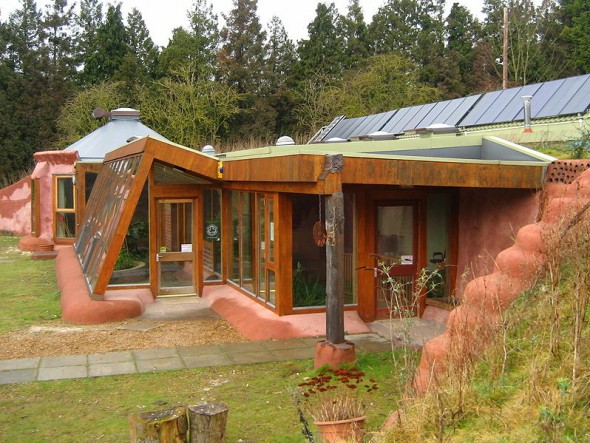In 2019, Oxford English Dictionary selected “climate emergency” as its word of the year. Since then, we’ve seen countless environmental disasters take thousands of lives, greenhouse gas emissions steadily rise, and the global population increase to a possible breaking point.
Living sustainably is the only way to counterbalance or reverse these troubling trends. Many Americans do their part by recycling and investing in hybrid vehicles. Still, most of those carbon offsets are effectively reversed by other choices, like buying fast fashion or using non-recyclable paper and plastics.
Sustainability is a word we’ve all come to know well, and as a result, is on many people’s minds, but what does sustainability really mean? Everyone defines this term differently, and it comes down to the change each individual is willing to make in their own life.
Some people are more open to making drastic changes than others, and for the most dedicated climate warriors, becoming self-sustainable is top-of-mind. But how can you live totally off the grid?
People who are “off-grid” live in homes that aren’t connected to public utilities, like gas or electricity. They grow, butcher, and prepare their own food and, in some cases, don’t even use technology. In the U.S., an estimated 250,000 people live off-grid.
It’s easy to see why! In addition to the obvious environmental benefits, sustainable, off-grid living is healthy, too. Living off the grid provides meaningful, results-driven daily work that boosts happiness and well-being. In addition, people who live off the grid have lower cortisol levels, which increases brain health and strengthens the immune system.
If going off-grid interests you, you should know a few things. First, this lifestyle isn’t for everyone. Even the most knowledgeable people need to educate themselves on things like mobile range coops, harnessing natural resources, growing food, and caring for livestock before living off-grid.
If you’re ready to take the plunge, here’s sustainable, off-grid living 101.
Research Your Resources

source: pinterest.com
Every place in the world, whether a deciduous forest or a sandy beach, has inherent natural resources. People can responsibly use many of those resources when living off the grid, but they need to know what they are and how to use them.
In a beach setting, for example, there is a seemingly limitless amount of salt water. Recognizing that resource and learning how to distill the water to make salt would be essential to living in that climate. People can use salt for everything from preserving food to cleaning, but only if they learn how to harvest it.
But most people living off the grid don’t live near a beach. So your job is to assess the area where you live and identify what’s around you and how you can use it well. For example, you may have access to timber or a unique type of soil that can grow mushrooms or another exceptional crop.
Another part of this is strategically planning your property. For instance, if you have a vast open field with poor soil quality, consider using it for animal grazing instead of crop farming. Or, if you have access to a spring or other water source, try planting nearby so you don’t have to transport water. But, again, the key is to make the most of your resources responsibly and renewably.
Find a Water Source
Water is vital to all life on your property. Therefore, as you assess your natural landscape, you must find a water source.
Not everyone will have access to a stream or pond, and that’s probably a good thing. However, surface water sources tend to be contaminated by animal feces and other (natural and manmade) pollution, so using groundwater is actually your best bet.
You may be surprised to learn that more than 100 million Americans already rely on groundwater wells for their water. Public water isn’t widely available, and those not living near a small town must resort to wells. Wells are among the safest water sources humans have and require little maintenance, making them an ideal choice for someone living off-grid.
Terminate Utilities

source: pinterest.com
To truly live off-grid, you must sever your connections to public utilities. This may sound drastic, but with the current renewable technologies, it’s never been easier to self-power your home.
Popular choices for power are wind and solar, but their efficacy depends on the climate and exposure on your property. Consult a renewable energy expert to determine which option will work for your home.
Home heating is another critical consideration, especially in a cold climate. Many off-grid homeowners opt for geothermal systems or even wood-burning stoves to heat the home, although the latter isn’t environmentally friendly.
And if you’re concerned, your wind or solar system won’t create enough energy to keep you going, switch out your appliances for ones that use less energy, install LED bulbs in your light fixtures, and program your thermostat to save energy.
Plant a Garden
Another critical component of off-grid living is growing your own food. But planting a small garden won’t cut it. To be truly self-sufficient, you need a large area to produce a diverse selection of fruits, vegetables, and herbs.
Consult the USDA’s hardiness zone map to determine what you can plant and when. The goal is to plant in the early spring and continue growing through the end of the year. For example, in zone 7, you could plant snap peas, lettuces, potatoes, and onions in the spring; tomatoes, squash, and cucumbers in the summer; and broccoli, cauliflower, kale, and Brussels sprouts in the fall.
When you grow a diverse group of plants at different times, fresh produce will feed you from spring until the end of the year. At which point, you can supplement your diet with the food you’ve preserved (more on that later).
As you plan your garden, don’t forget to include herbs and spices for cooking, as well as fruit trees and perennial berry bushes. Not only do these diversify your diet and flavor your food, but they’ll come back bigger and bigger every year.
Add Animals

source: pinterest.com
While many people living off the grid choose to forego meat in their diet, many opt to keep chickens as they are one of the easiest animals to keep. Compared to other livestock, they take little room, require the least amount of feed, and can actually help your crops grow.
Chickens feed on pests and insects that often plague gardens. They also provide critical natural fertilizers wherever they graze. The best way to house chickens is in a mobile coop because they allow you to move the coop and attached grazing area based on your garden’s needs.
Housing your chickens this way increases egg production and decreases the feed you’ll need to keep on hand since the insects and worms satisfy much of the chickens’ diets.
Harvest and Preserve
Harvesting the garden is one of the most rewarding aspects of off-grid living. The fruits and vegetables grown are physical proof of your planning and hard work, and ones you get to enjoy by eating!
But only some people want to eat the same thing every day when a particular fruit or vegetable is in season, and you still need to eat after the growing season is over! The solution to these problems is preserving food by curing and canning.
Learning how to do this and do it well will keep your belly full all winter and enable you to diversify what you eat through the summer. Consider buying a book or consulting an expert to safely preserve the food you grow.
As climate conditions and food quality continue to deteriorate, more and more people will want to become sustainable. So start planning your off-grid life now and enjoy living the simple, sustainable way.



